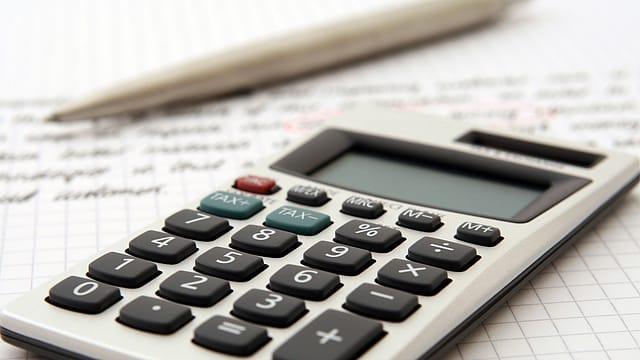Budget 2019: Expectations of the individual taxpayer
ADVERTISEMENT

It’s time again for the government to present the Union Budget 2019. The newly appointed, first full-time female finance minister (FM) of India is all set to present her very first Budget on July 5, and as always individual taxpayers have high expectations.
The interim budget in February 2019 had a few encouraging proposals for individuals taxpayers, such as tax rebate to individuals having a total income up to ₹5 lakh, increment in standard deduction, increase in threshold for withholding tax for rent and interest, relaxation in deeming provisions for income from house property for two houses. However, for the average taxpayer these announcements did not translate into tangible benefits or bring about a significant change in their disposable income.
The individual taxpayers, especially the middle class and salaried class, have pinned their hopes on the FM, desiring more disposable income in view of the rising inflation. They are the ones who are most compliant when it comes to paying tax. Therefore, the government’s objective and attempts to bring more people into the tax net will benefit not only the economy but also these individuals, especially the salaried class of taxpayers. The number of people filing tax returns has increased by 65% in the preceding four years and is expected to surge in 2019.
January 2026
Netflix, which has been in India for a decade, has successfully struck a balance between high-class premium content and pricing that attracts a range of customers. Find out how the U.S. streaming giant evolved in India, plus an exclusive interview with CEO Ted Sarandos. Also read about the Best Investments for 2026, and how rising growth and easing inflation will come in handy for finance minister Nirmala Sitharaman as she prepares Budget 2026.
The current tax slab rates and basic exemption threshold limits were changed five years ago. Thereafter, despite the increase in inflation rate over the past five years, there has been no change in tax slab rates. A reconsideration in the tax rate slabs could perhaps be deliberated to maintain the purchasing power parity of the taxpayer. The tax rate slab could be revised to 10% for total income between ₹5 lakh to ₹10 lakh, to 20% for total income between ₹10 lakh to ₹20 lakh, and to 30% for total income more than ₹20 lakh. These revisions could result in a tangible change in the disposable income of the taxpayer and would positively impact the growth of various other sectors.
In the upcoming budget, one would expect to see a change in the current caps of the tax sops available to salaried class taxpayers. The exemption limit on allowance of children’s education to ₹100 per month per child, hostel allowance of ₹300 per month per child, leave travel concession restricted to two journeys in a block of four calendar years has remain unchanged for nearly a decade. Today these limits hardly match the current cost of living and price index. Also, an increase in the current threshold of deduction under section 80C, which is constant for five years now, from ₹1.5 lakh to ₹2.5 lakh would be a welcome step. This will encourage taxpayers to invest in various savings schemes and other options in organised sectors such as, insurance products, home loans, bank deposits, provident fund, tax savings bonds.In addition, increasing the threshold of deduction of interest on housing loan from ₹2 lakh to ₹3 lakh can boost the growth of the housing sector.
With the government back in power for a second term, it is expected that Modi 2.0’s finance ministry will announce a budget that provides reason enough for the middle class and salaried class of taxpayers to cheer.
Views are personal.
Sundeep Agarwal is partner-personal tax, PwC. Ritika Arora, director, and Rashika Khandelwal, associate also contributed to this article.
